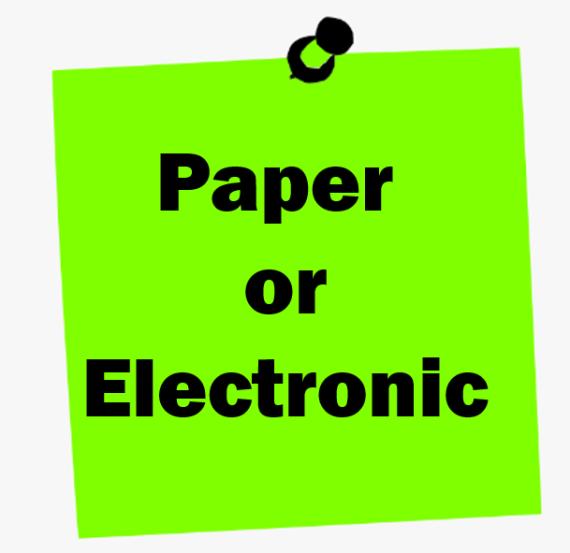The Answer Is Obvious.
Should your AP department use paper as its main mode of supplier invoicing and payments, or should it leverage the power of automation to create repeatable, scalable processes that drive efficiencies, savings, and value? Any CEO, CFO, or Controller worth their salt would choose automation. Since that answer is obvious, the real question is…why haven’t more enterprises fully automated their AP operations? ePayables technology adoption does continue to rise, albeit slowly. Similarly, the percentage of electronic invoices and payments in the overall market continues to rise as well as we can see in the two figures below.
Invoices, Electronic vs. Manual

B2B Payments, Electronic vs. Manual

While the statistics in these two figures continue to show a steady progression towards greater automation, the paper problem is still much too persistent in a world that has become digitized and globalized. Just over half of all invoices (51.9%) today are received electronically, while 60% of payments are made in the same fashion. These are encouraging figures, but unfortunately, still too much paper in today’s enterprises.
The impact of supply chain disruptions translates into a huge challenge for the procurement team, which is already paying higher prices for materials due to historic inflation. Cash management and working capital are more important today than ever before, and several dollars saved per invoice or payment (across thousands of these items) can translate into significant bottom-line numbers. In due time, many AP organizations will get to where they need to go in terms of the balance between electronic and manual invoices and payments. Today, in a world where cash is tight, interest rates are rising, and inflationary pressures abound; every dollar is crucial and the paper problem must be solved as soon as possible.



